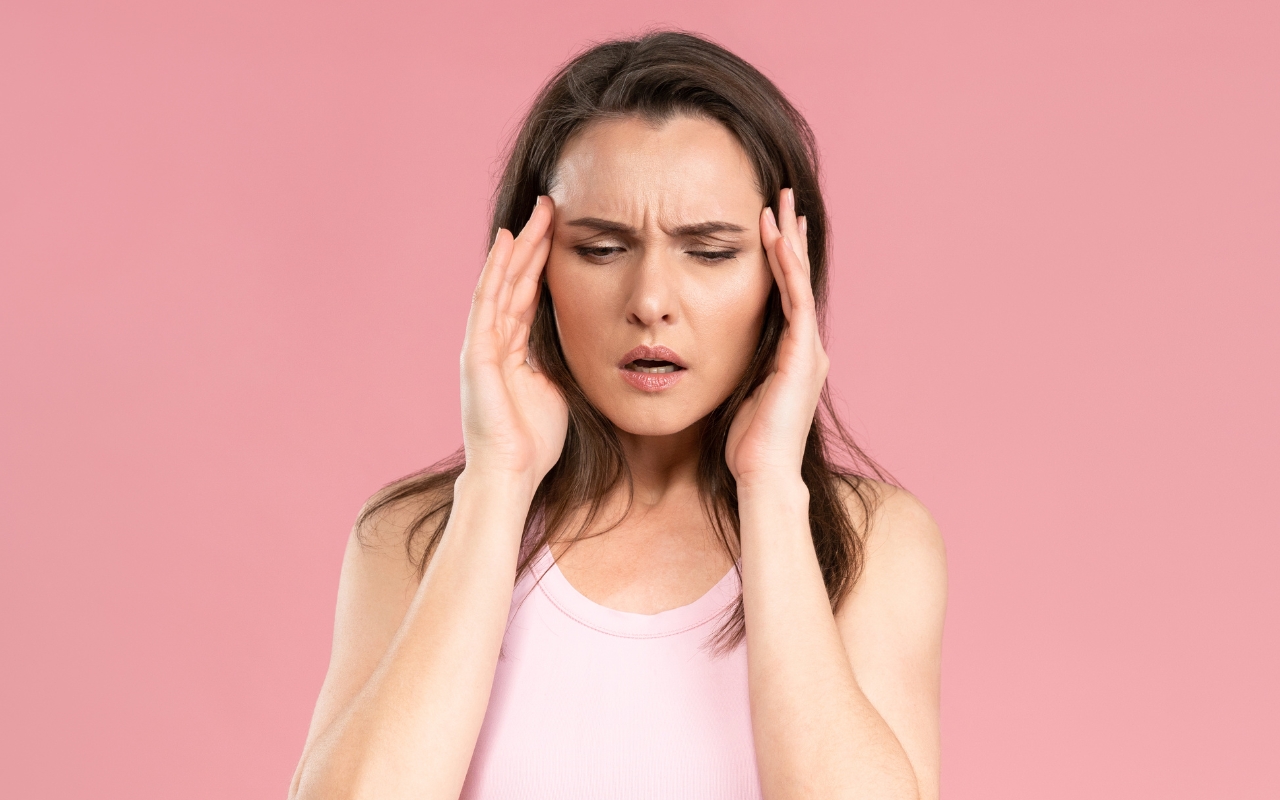Health
What are the best ways to manage migraines?
Published
2 years agoon
By
mbkteam
Migraine is a prevalent and debilitating condition that affects millions of people worldwide. Unlike a typical headache, migraines often come with intense throbbing pain, nausea, sensitivity to light and sound, and, for some, aura symptoms, including visual disturbances. Understanding migraines, their triggers, and effective management strategies is crucial for improving the quality of life for those afflicted. This comprehensive guide aims to provide valuable insights into migraines, from their symptoms and triggers to various treatment and prevention methods.
Migraines can range in severity and frequency, making it essential for sufferers to identify their specific triggers and develop a personalized management plan. Advances in research and treatment offer new hope and relief options. Whether you experience occasional migraines or chronic attacks, this guide will help you navigate the complexities of migraine management.
Migraines typically present in stages, with distinct symptoms marking each phase. Some individuals might experience one or more stages, while others might not notice some. These stages can include:
- Prodrome: Occurring hours or days before a migraine, the prodrome phase may involve subtle changes in mood, energy levels, and appetite. Symptoms may include increased thirst, frequent yawning, constipation, or neck stiffness.
- Aura: Not all migraine sufferers experience an aura, but for those who do, this phase involves visual disturbances such as flashes of light, zigzag patterns, or blind spots. Sensory or speech disturbances can also occur and typically last between 20 to 60 minutes.
- Attack: This is the peak phase of the migraine, where severe headache pain occurs. This pain can be throbbing, pulsating, or localized to one side of the head. Nausea, vomiting, and extreme sensitivity to light and sound are also common.
- Postdrome: Following the attack, individuals might feel drained, confused, or achy for up to a day. Some people report feeling euphoric or unusually refreshed.
Identifying and managing migraine triggers is a vital step in reducing the frequency and intensity of migraine episodes. Common triggers include hormonal changes, certain foods and drinks, stress, sensory stimuli, sleep pattern disruptions, and physical exertion.
Hormonal Changes: Hormonal fluctuations, particularly in women, are a significant trigger for migraines. Many women experience migraines to their menstrual cycle due to changes in estrogen levels. Pregnancy, menopause, and hormone replacement therapy can also influence migraine patterns.
Dietary Triggers: Certain foods and beverages trigger migraines in susceptible individuals. These can include alcohol (especially red wine), aged cheeses, chocolate, caffeine, and foods containing monosodium glutamate (MSG). Individuals need to keep a food diary to identify specific dietary triggers.
Stress: Emotional stress is a well-documented trigger for migraines. Stress management techniques such as mindfulness meditation, deep breathing exercises, and cognitive behavioral therapy can help reduce stress levels and, consequently, migraine frequency.
Sensory Stimuli: Bright lights, loud noises, and strong smells can provoke migraines. Avoiding these stimuli, when possible, and creating a calm, dark environment can help mitigate the onset of an attack.
Sleep Patterns: Both lack of sleep and oversleeping can trigger migraines. Maintaining a consistent sleep schedule and good sleep hygiene are essential to managing migraines.
Physical Exertion: Intense physical activity can sometimes trigger migraines. However, regular, moderate exercise benefits overall health and can help reduce migraine frequency. Finding a balance and avoiding sudden, strenuous activities that might trigger an attack is essential.
Managing migraines often requires a combination of medications and lifestyle changes. Over-the-counter pain relievers, prescription medications, and non-pharmacological treatments can all play a role in alleviating symptoms and preventing future attacks.
Medication: Several classes of medications are used to treat migraines, including nonsteroidal anti-inflammatory drugs (NSAIDs), triptans, and anti-nausea medications. For chronic sufferers, preventive medications such as beta-blockers, anticonvulsants, and antidepressants might be prescribed. It’s important for individuals to work with their healthcare provider to find the most effective medication regimen.
Lifestyle Modifications: Regular exercise, a balanced diet, adequate hydration, and stress management are all integral to migraine management. Staying hydrated can help prevent migraines triggered by dehydration, while regular exercise can reduce the frequency of attacks.
Alternative Therapies: Many individuals find relief through complementary therapies such as acupuncture, acupressure, massage, and biofeedback. These treatments can help manage pain and reduce stress, which are common migraine triggers.
Home Remedies: Simple home remedies can provide additional relief during migraines. Resting in a dark, quiet room, applying a cold or warm compress to the neck or forehead, and staying hydrated are all effective strategies. Some individuals also find relief through meditation and relaxation techniques.
Preventive Measures: Preventive measures are crucial for those who experience frequent and severe migraines. Keeping a migraine diary to track triggers and symptoms, maintaining a regular schedule for meals and sleep, and avoiding known triggers can all help reduce the frequency of attacks. Additionally, preventive devices like transcutaneous supraorbital nerve stimulation (t-SNS) headbands can provide relief by sending electrical impulses to nerves associated with migraines.
Immediate medical attention is required for specific severe migraine symptoms. These include sudden, intense headaches, especially if accompanied by symptoms like vision loss, difficulty speaking, or unilateral weakness. Such symptoms could indicate a more severe condit,ion such as a stroke or meningi,tis and warrant prompt medical evaluation.
Equally important is knowing when to seek urgent care for prolonged migraines or persistent symptoms. Individuals should consult a healthcare provider if a migraine lasts more than 72 hours, if aura symptoms extend beyond an hour, or if they experience new or worsening symptoms while pregnant or postpartum.
For those managing migraines, staying informed about the latest research and treatment options can be empowering. Advances in migraine research offer new hope for better understanding and managing this chronic condition.
Recent studies have explored the genetic basis of migraines, revealing potential targets for new treatments. Additionally, the development of new medicati,ons such as calcitonin gene-related peptide (CGRP) inhibit,ors offers promising relief for those with chronic migraines.
Lifestyle modifications continue to be a cornerstone of migraine management. Emerging evidence underscores the importance of a holistic approach that combines medication with behavioral and lifestyle changes for effective migraine control.
Understanding and managing migraines is a multifaceted process that involves identifying triggers, utilizing appropriate treatments, and making lifestyle adjustments. By adopting a comprehensive approach, individuals can significantly reduce the impact of migraines on their daily lives.
For more detailed information on migraine management, visit the NHS migraine page. For home remedies and natural treatments, Medical News Today provides an in-depth article on home remedies for migraine relief.
Through continuous education, proactive management, and support from healthcare professionals, those affected by migraines can better control their symptoms and improve their overall quality of life.













